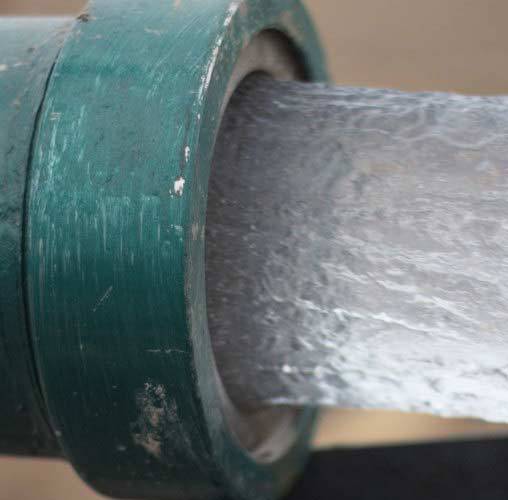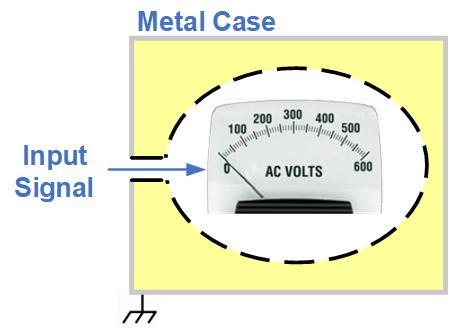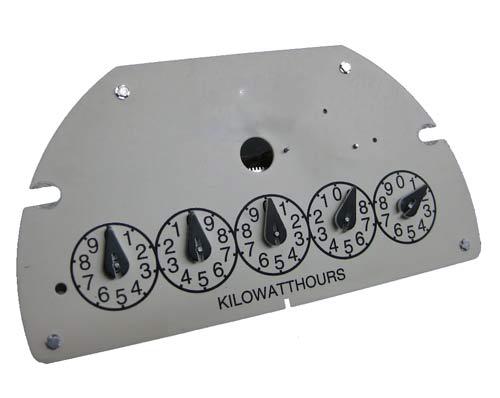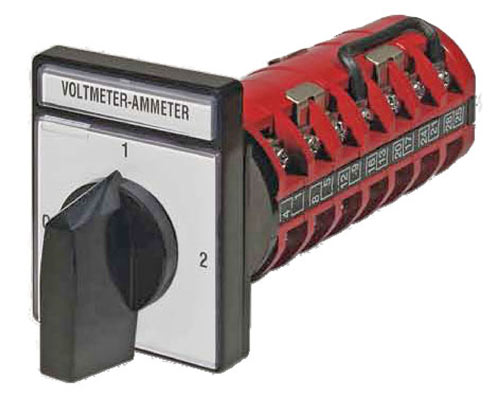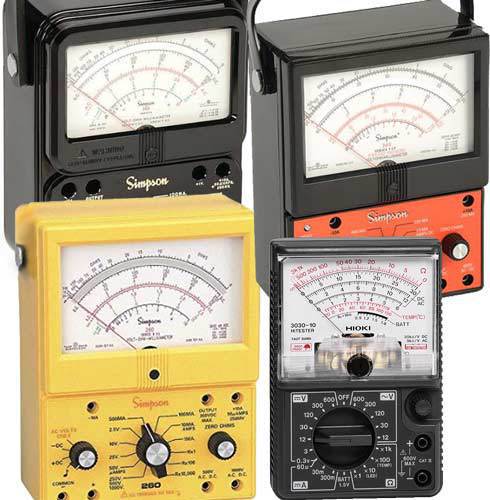Flow is an essential measurement in many industrial processes. In the typical application, a flow sensor is used to determine the volume of liquid or gas that passes thru a pipe, in liters/sec, GPM or similar units. Modern sensors incorporate electronics that can correct for varying pressure, temperature, density, non-linearities, (more...)
